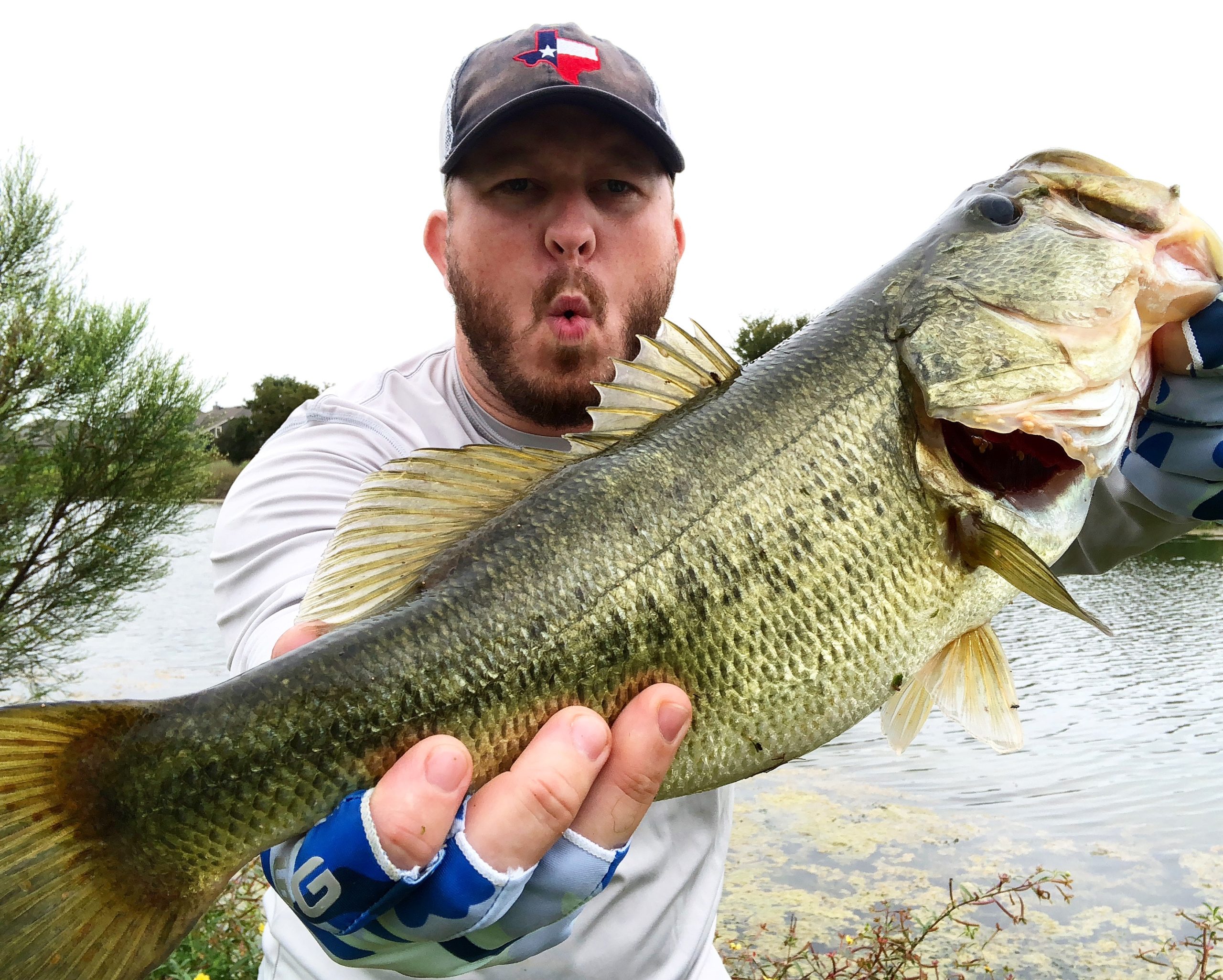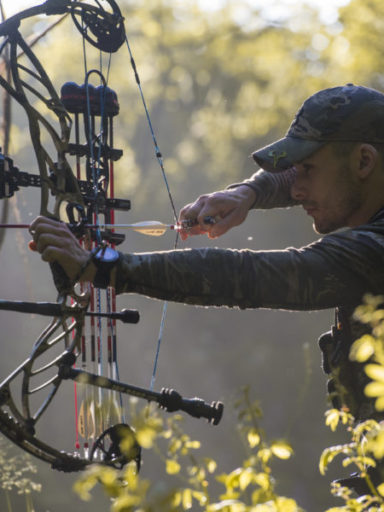We are deep, deep into summer now and the heat is driving everyone to the coast. If you’re anything like me, any time a family trip gets planned you immediately shift into “How do I fish while we are there?” mode. While heading to the ocean certainly offers lots of opportunities for anglers, oftentimes that entails either having a boat or chartering a trip with a guide. While I certainly adore both of those options, they aren’t always the most pocket-book friendly nor compatible with family vacation schedules. If you’re like me and have young children, getting away for 4 to 8 hours to head offshore is tricky, to say the least.
Enter surf fishing (aka surf casting, shore fishing, beach fishing). Throwing in lines from the comfort of the beach is a convenient, fun, and potentially thrilling way to combine your love of angling with quality time on the beach with your family and friends. While it often lacks the potential fast-paced action of fishing on the open ocean, you can expect some seriously large critters to grab your bait, and that can lead to some epic fights!
Like most other outdoor hobbies, there is a little bit of a hump to get over in terms of gear. If you don’t already have the gear on this list, you’re going to need to spend some cash to get it. Luckily, getting set up surf fishing is far less costly than buying a boat; in fact you can get all the gear you are going to need for many trips to come for less than the cost of a half-day fishing charter!
It would be easy to rattle off dozens of useful pieces of gear for every situation that might occur when casting into the surf. However, consider this a starter list to for the bare essentials you will need to start throwing hooks from your favorite beach.
Note: Most of the items on this list are available on a Now You Try Amazon list. We receive a small affiliate fee if you buy through this list.
1. Rod
A challenge that is unique to surf fishing is the need to cast far. As in, really far. Now, we aren’t expecting you to toss out a 313 yard cast like current Surf Casting world-record-holder Danny Moeskops, but being able to get your bait out around 100 yards from shore is an excellent start. Your best chances are being able to cast past the sandbar to the first “drop,” as this is where the bigger fish will be cruising for a buffet-style meal.
To do this, you need a longer, sturdier rod than you would use to fish at your neighborhood pond. Think of 9 feet as your minimum. As a newbie, you will potentially struggle to properly control anything over 12 feet. For me, 12 feet worked well once I got used to it. 14 feet and up is for when you have a few trips under your belt and are ready to get serious. In terms of the rod’s power, it’s hard to go wrong with Medium or Medium-Heavy.
Tidewater Spinning Fishing Rod by Shakespeare
The Tidewater is a good economy rod to get you started, and it’s available on Amazon. Shakespeare is a reliable manufacturer of entry level rods, and the Tidewater will serve you well.

Offshore Angler Power Stick
If you’re willing to drop a little more coin to get started, this is a rod that has performed well for me. Available at Bass Pro Shops & Cabela’s, it tops out at 12 feet, Medium-Heavy, and has solid construction that you won’t have to baby too much as you haul it to and from the beach.

2. Reel
You can make a case for bait casting style reels when fishing from the beach, but a good ol’ spinning reel can do it all without breaking the bank. Especially as a beginner, you want things straightforward and reliable.
Without getting too far into the weeds on spinning reel specs, we need to understand gear ratios at a surface level. Gear ratios determine the speed at which a reel picks up line. Fishing reels with a gear ratio of 6.3:1 means the spool rotates 6.3 times for every 360-degree turn of the reel handle. Higher numbers are faster on the retrieve. Surf fishing requires a decently fast retrieve because of the long casts. As well, you need a pretty large diameter spool because of the amount of line it’s going to store. The line itself will be heavier – I recommend starting with a 20 lb. test braided line – so bigger, sturdier and able to stand up to the elements is preferred.
Quantum Fishing Optix
The size 60 and the size 80 can handle surf casting stress, and these are a super-affordable option. This is still my go-to for setting up lines on the beach.
KastKing Sharky III
A bit pricier, but sturdy and reliable. Also has the added benefit of waterproofing technology that will prolong it’s life and give you many more smooth casts than some other reels.
3. Rig
Leaders
There is only one rig I want you to concern yourself with at this phase of your surf fishing career: a basic bottom rig.
Line attaches at the top barrel swivel up top. The small leader near the top takes the hook and your bait. The bottom of the main leader takes your sinker (weight). The idea is that the sinker hits the bottom and sticks there, and your bait floats free in the water just above, beckoning the fish to it.
Hooks
Circle hooks are the best bet to get a good hook set in any fish. You wont see the bite most likely, so “setting the hook” isn’t realistic. Circle hooks decrease the odds that fish eat and run.
An assortment of circle hooks from size 1/0 to 8/0 will have you set to catch any species on any beach you fish from. Your workhorse will most likely be the 5/0. I prefer the bait holder style with barbs on the back of the main shaft since you will be whipping this whole rig at pretty high speed, and you don’t want your bait flying loose.
Sinkers
Don’t go all crazy thinking you need a super heavy sinker when you’re starting out. 3 oz. is plenty to get some good cast distances and sit on the bottom of relatively calm waters. If your line keeps getting washed in, having a 5 oz. with you isn’t a bad idea. Sinkers are designed to hit the bottom and snag in the sand, and there are two popular styles:
Pyramid
Spider
4. Sand Spike (Rod Holder)
Pretty straightforward. A lot of surf fishing is a waiting game. Instead of standing on the beach holding a 12-foot rod, you need a sand spike to rest your gear while you wait for some monsters to grab hold and start tugging on the line. The most basic are just flared PVC with a diagonal cut, and they will do the job fine. There is a chance that the leading edge gets bent over time though.
That’s why it’s not a bad idea to spend a little more and upgrade to one with an metal digging end.
5. Bait Bucket
The most common bait you will be using to start are live shrimp. Everything eats shrimp. Don’t just think you can toss them in a styrofoam cooler, leave them in the back of the truck and everything will be just super. The summer heat and the lack of air circulation will kill them in an hour or less, then you are tossing dead shrimp into the sea. You can still catch fish this way, but nothing beats something alive and kicking on the hook.
A decent bait bucket will have ventilation and insulation that will keep the water inside cool and the air flowing. This all applies to other types of bait as well.
That being said, I’m a big fan of this portable bubbler from Marine Metal that turns any old cooler into a well-ventilated bait bucket:
Marine Metal Aeratr Bubble Box 1.5V
6. Get a Grip
This is a less obvious item, but I wish someone had told me to grab it before I went for my first shore fishing excursion. Since this is ocean fishing, not everything you reel in is going to be cuddly and friendly. Sharks, rays, jellyfish, and catfish with toxic spines are just a few examples of the critters you will be getting up close and personal with. Glove up, and grab a pair of grippers so you can remove hooks and return your new friends to the sea with no bites, pokes, and stings.
LBZE Plastic Lipgrip Floating Fishing Pliers
With the above gear in hand, you are ready to start pulling in some dinner, or at least come away with some good stories. One of my most memorable fights was with an Oceanic Blacktip Shark. I felt like I was wrestling with a 250 lb. man that had snuck out past the sandbar and decided to mess with me. Once I figured out I had a shark on the line, I was prepared for a true monster of the deep to come thrashing onto the shore. When the dust settled, I had was looking down on an 18 inch critter. Barely past a baby. Victory: Secured. Pride: Still recovering.

Get out there earlier than your beach crew, get some hooks in the water, keep everyone clear of your lines, and enjoy some R&R. With any luck, it will be punctuated with a few good fish fights, and some great lessons on marine biology.
















